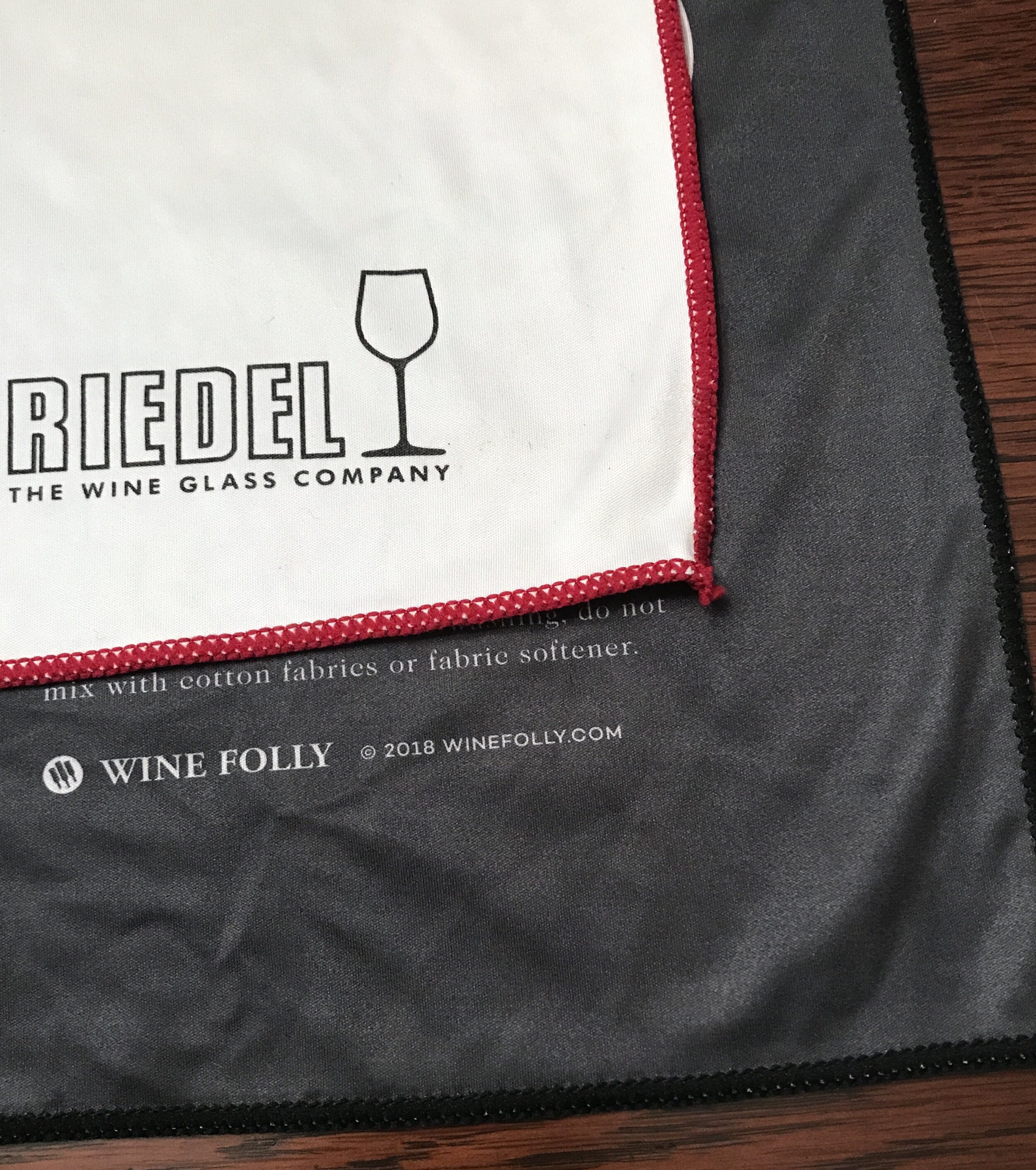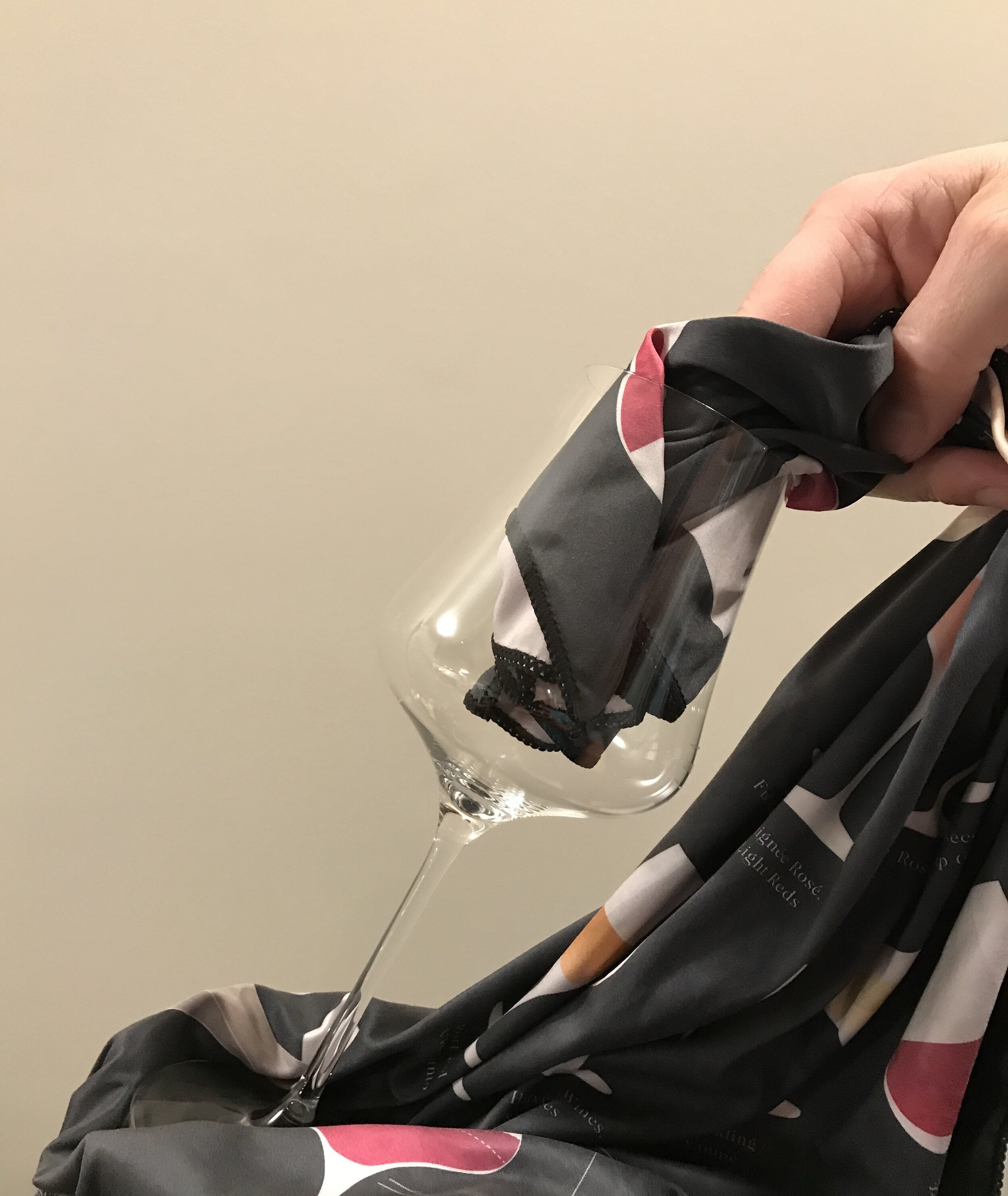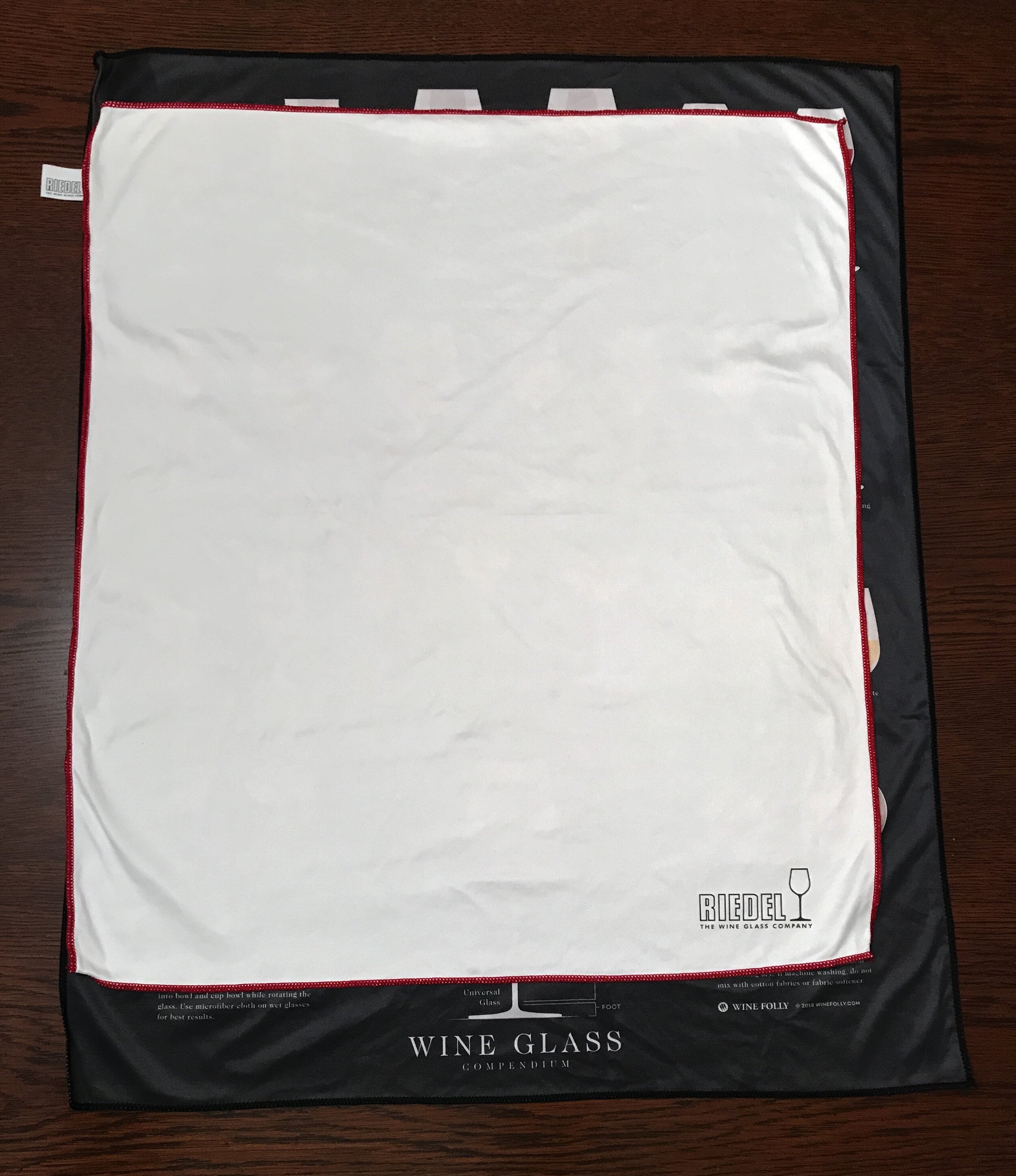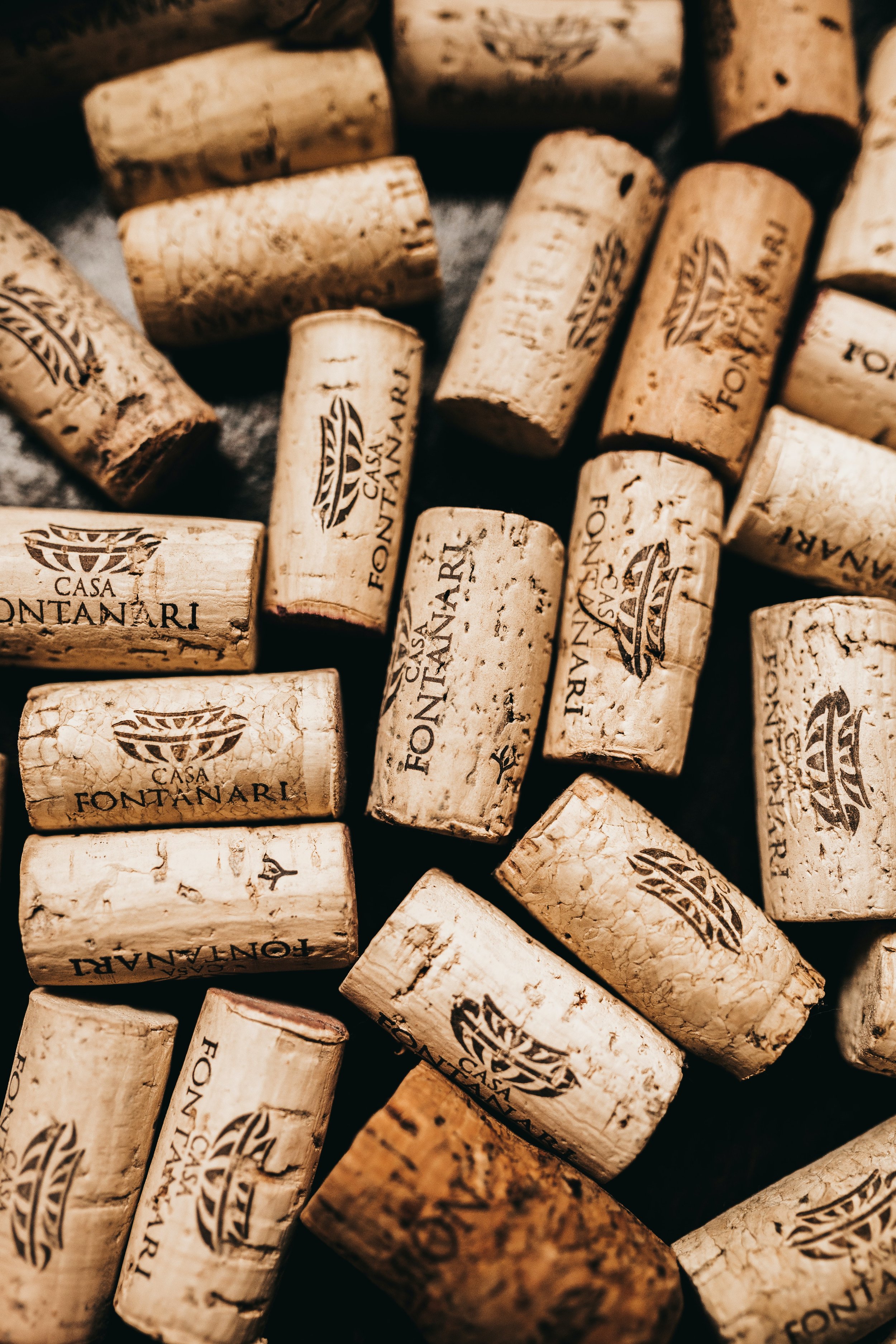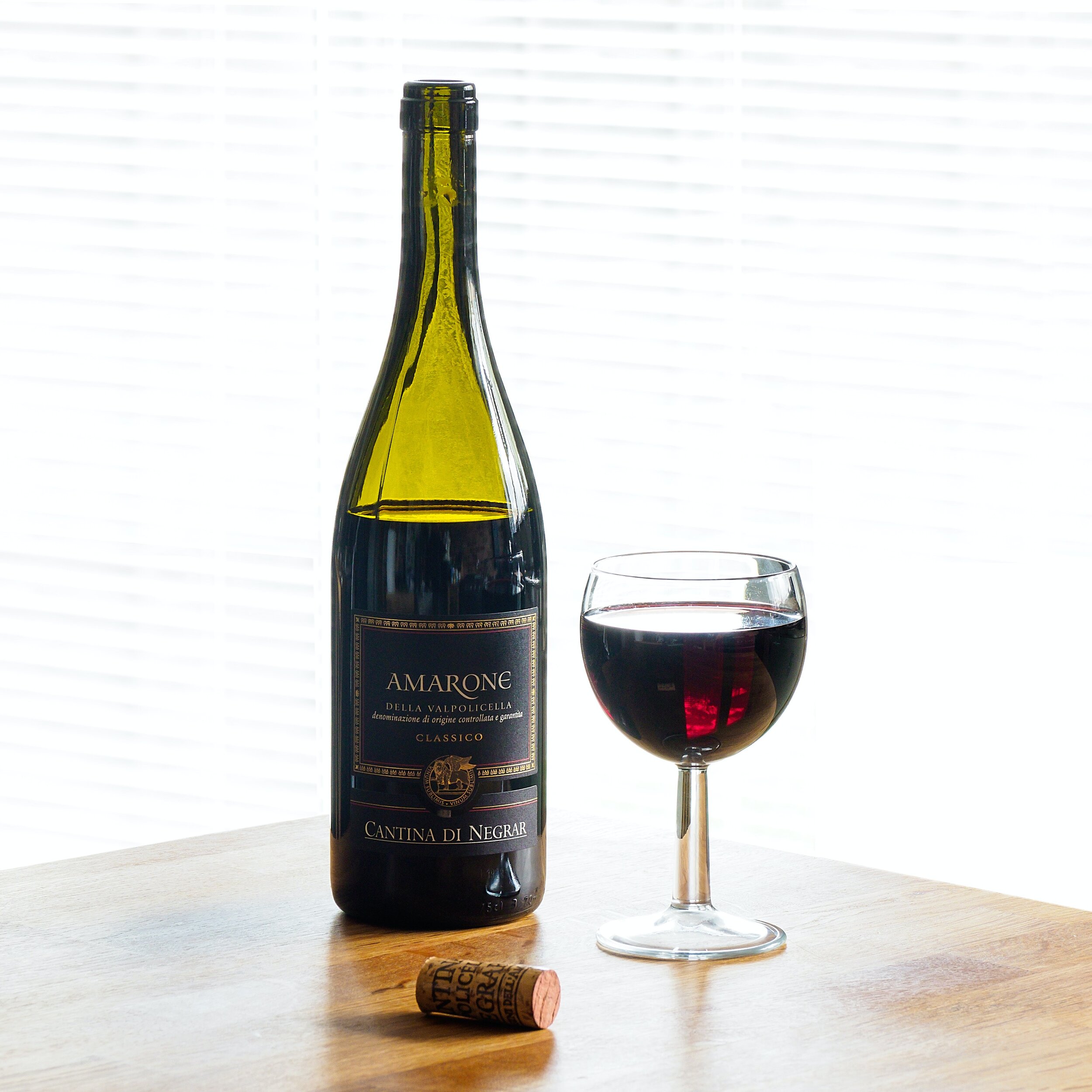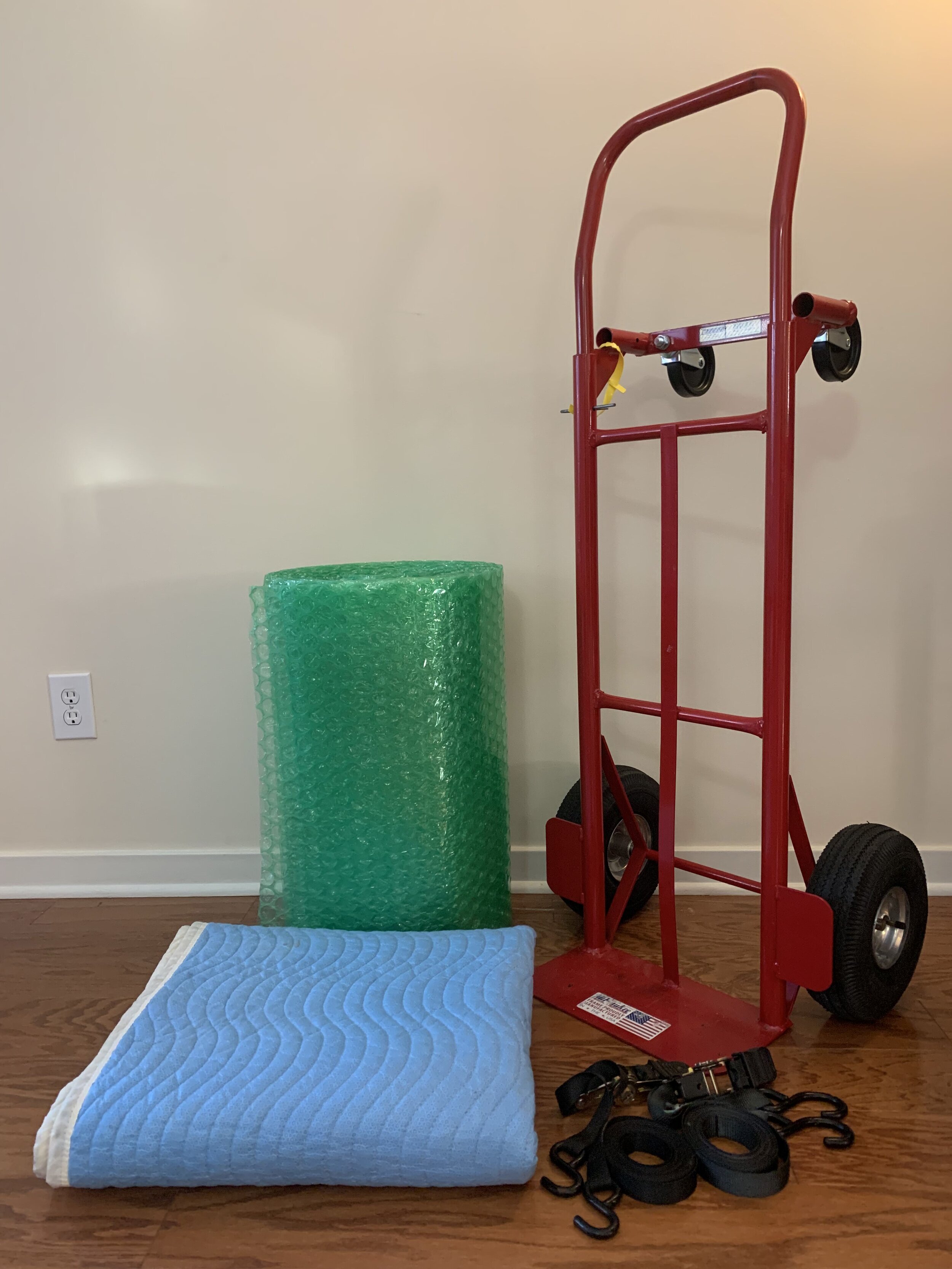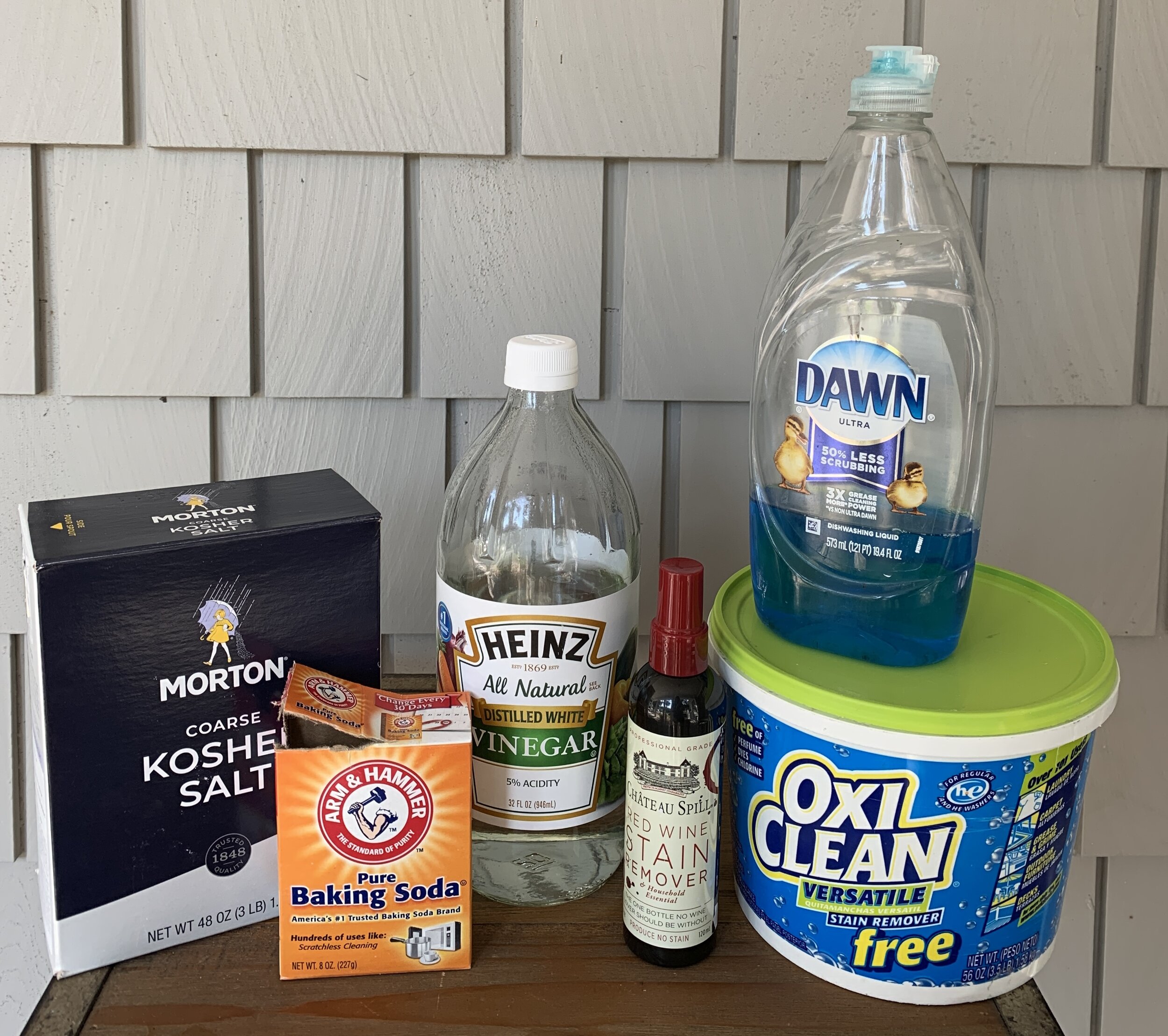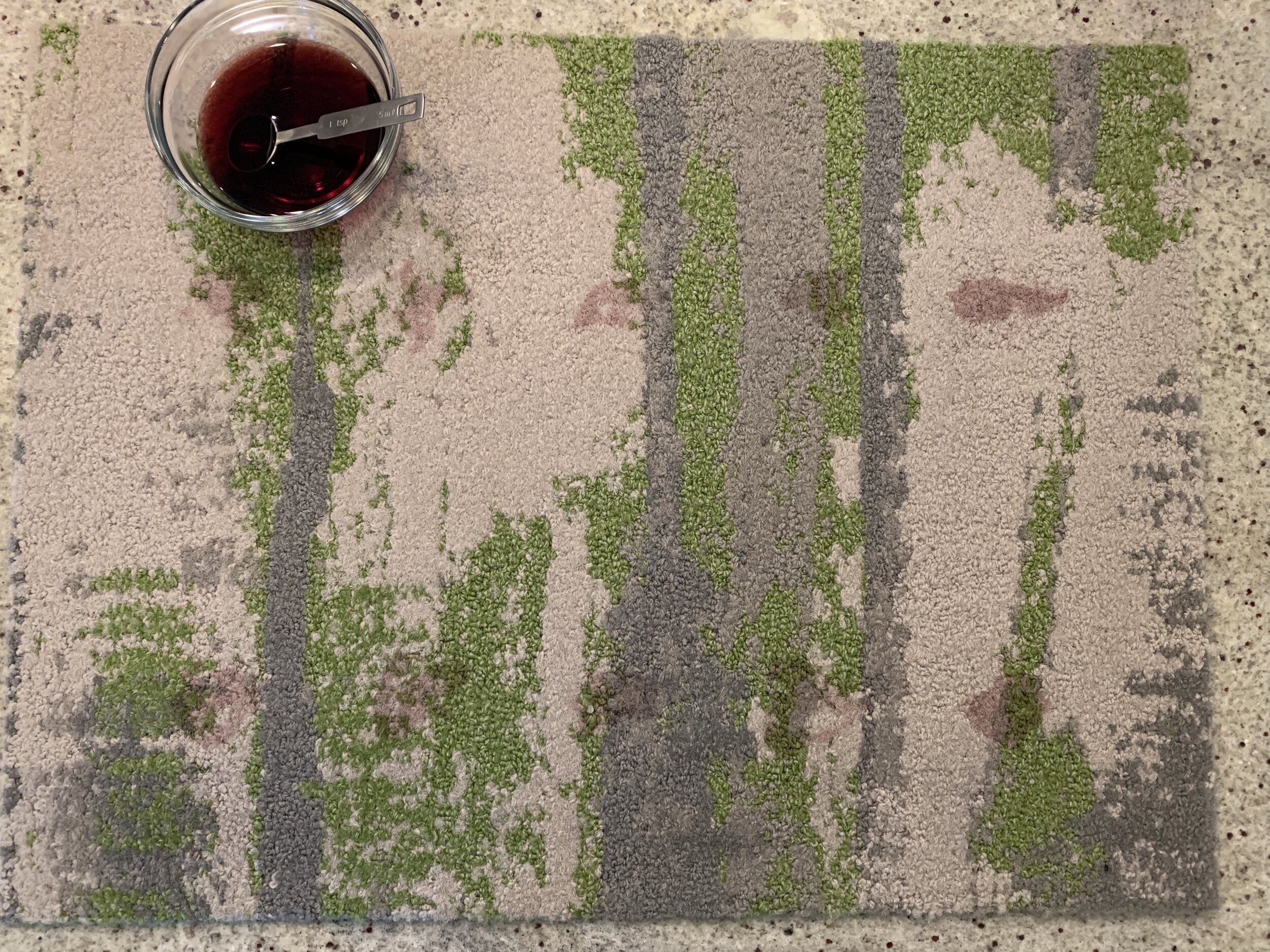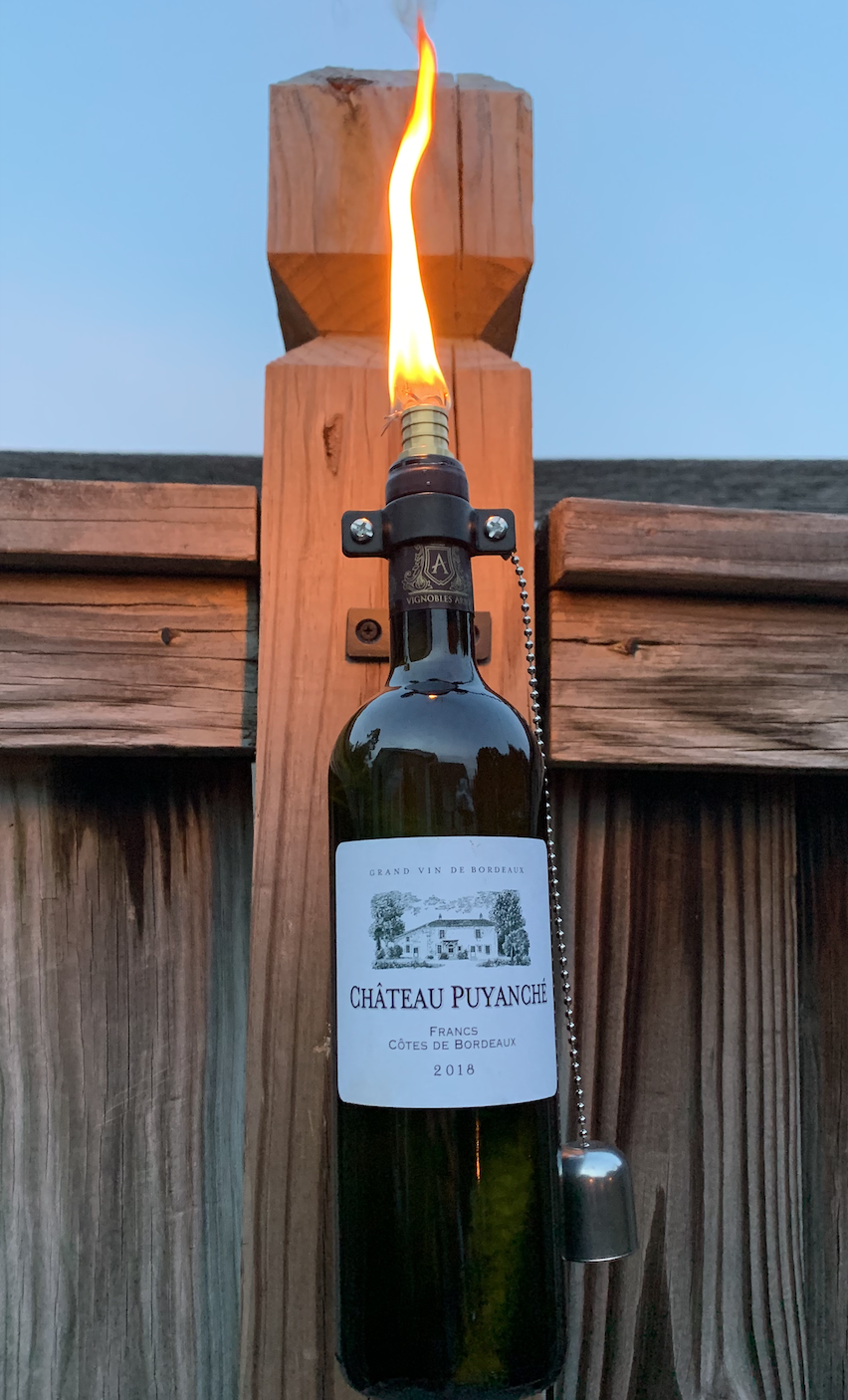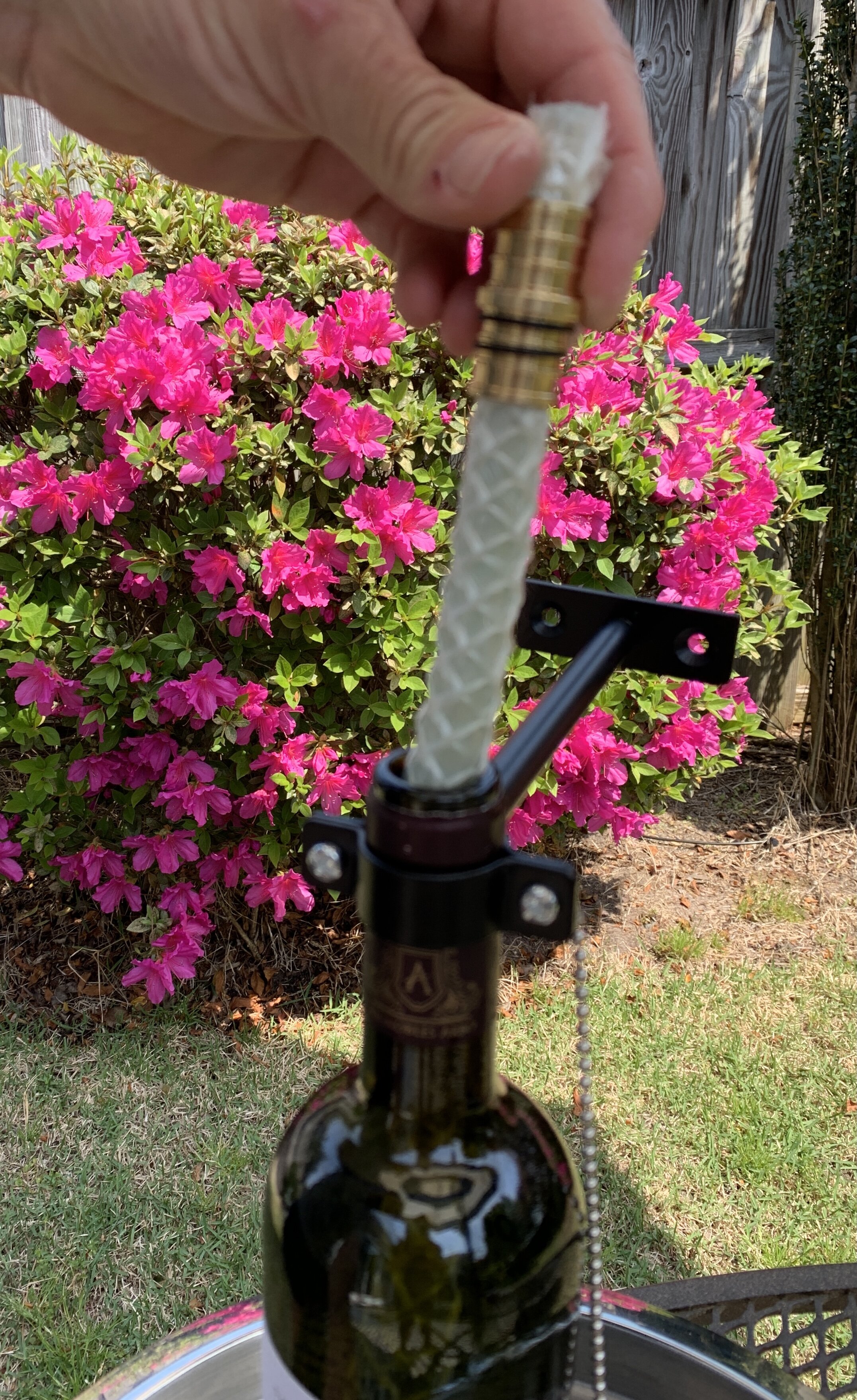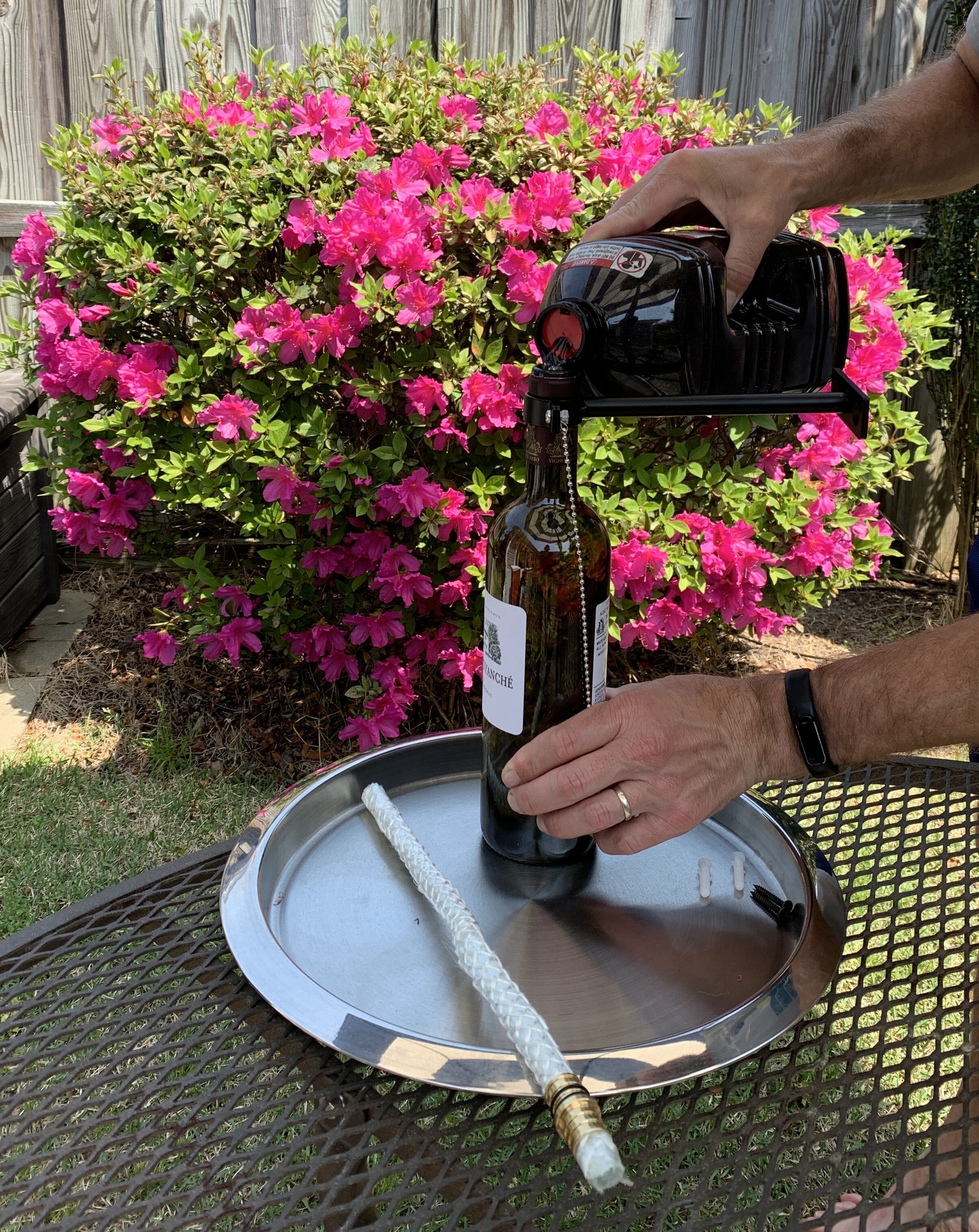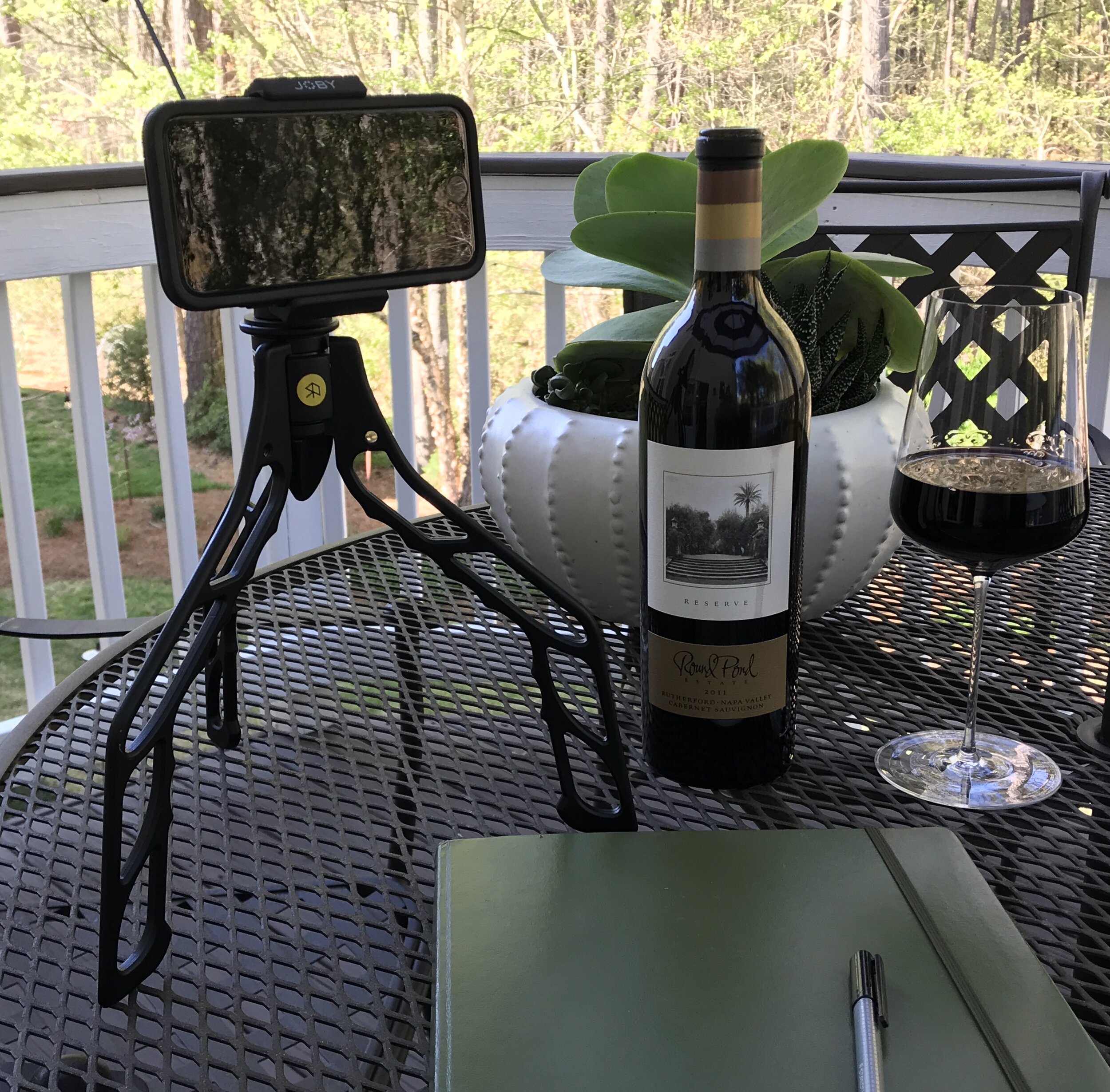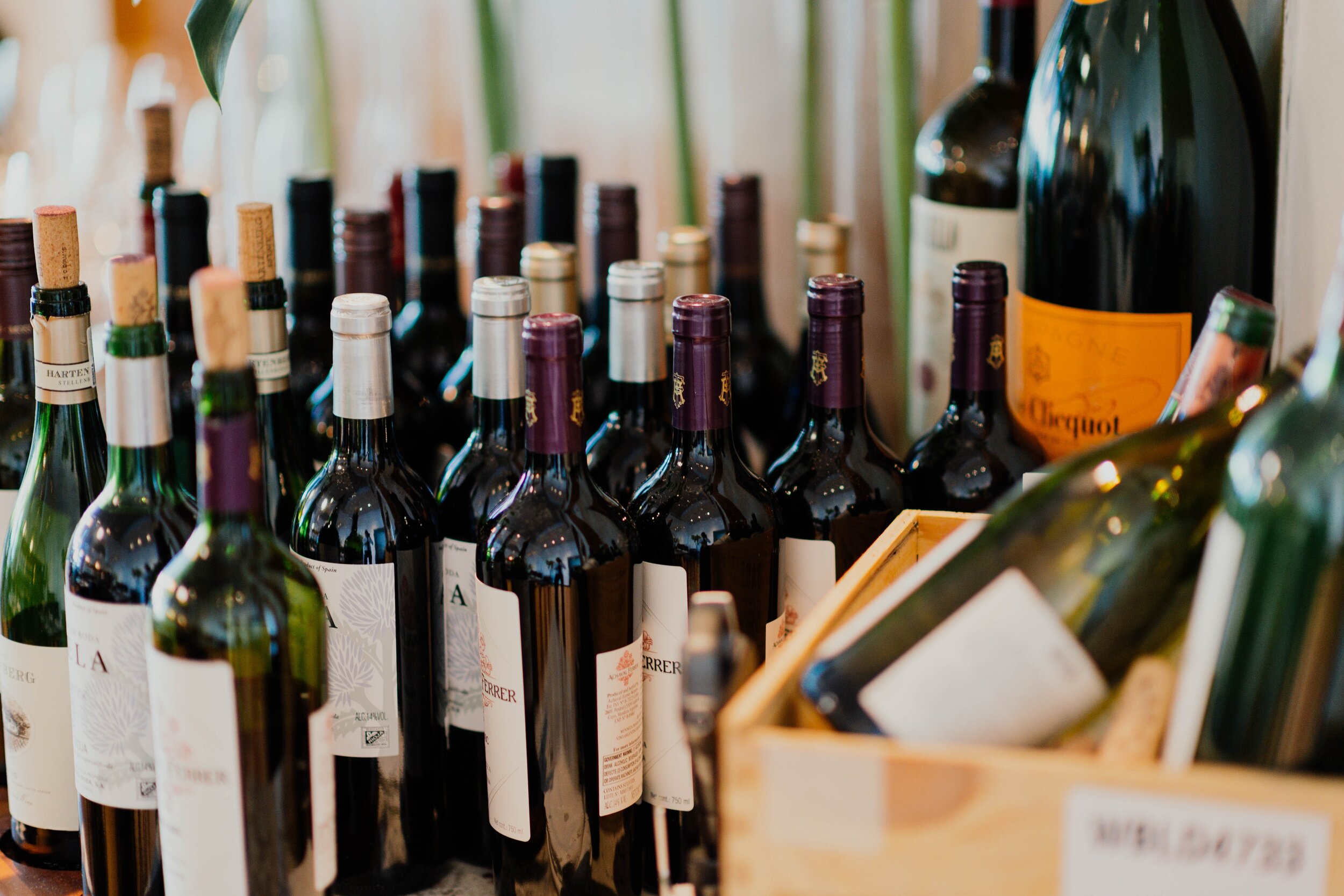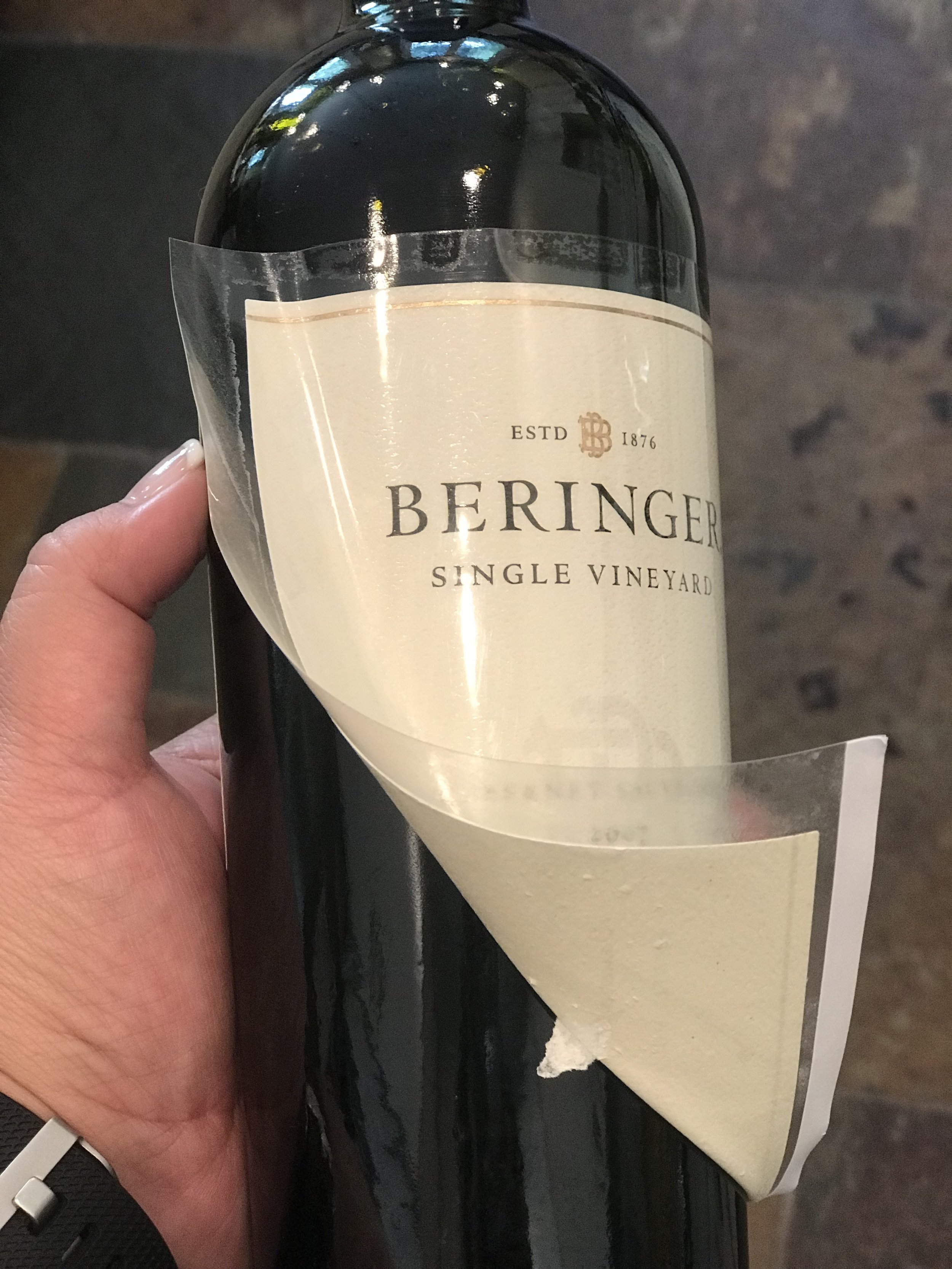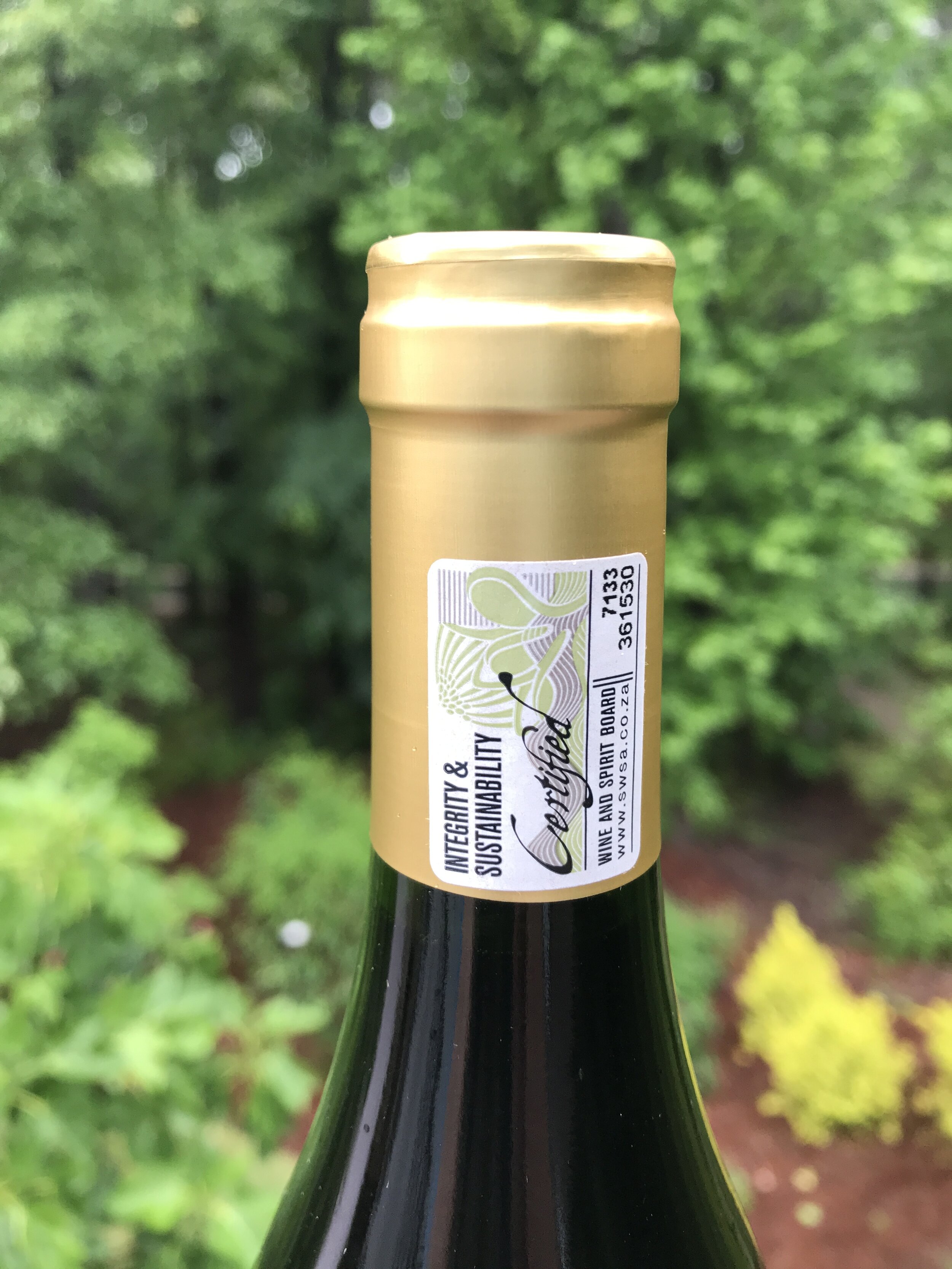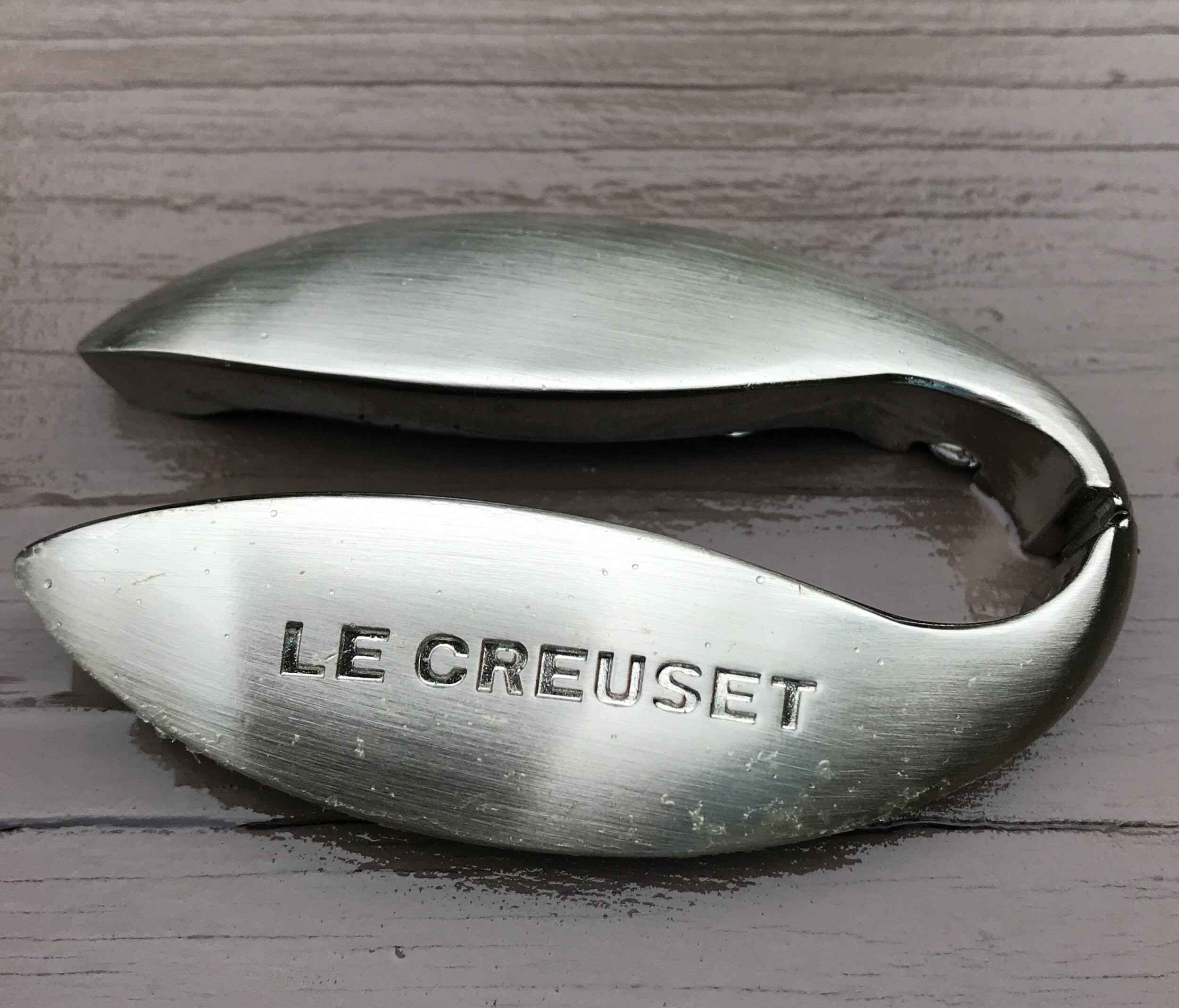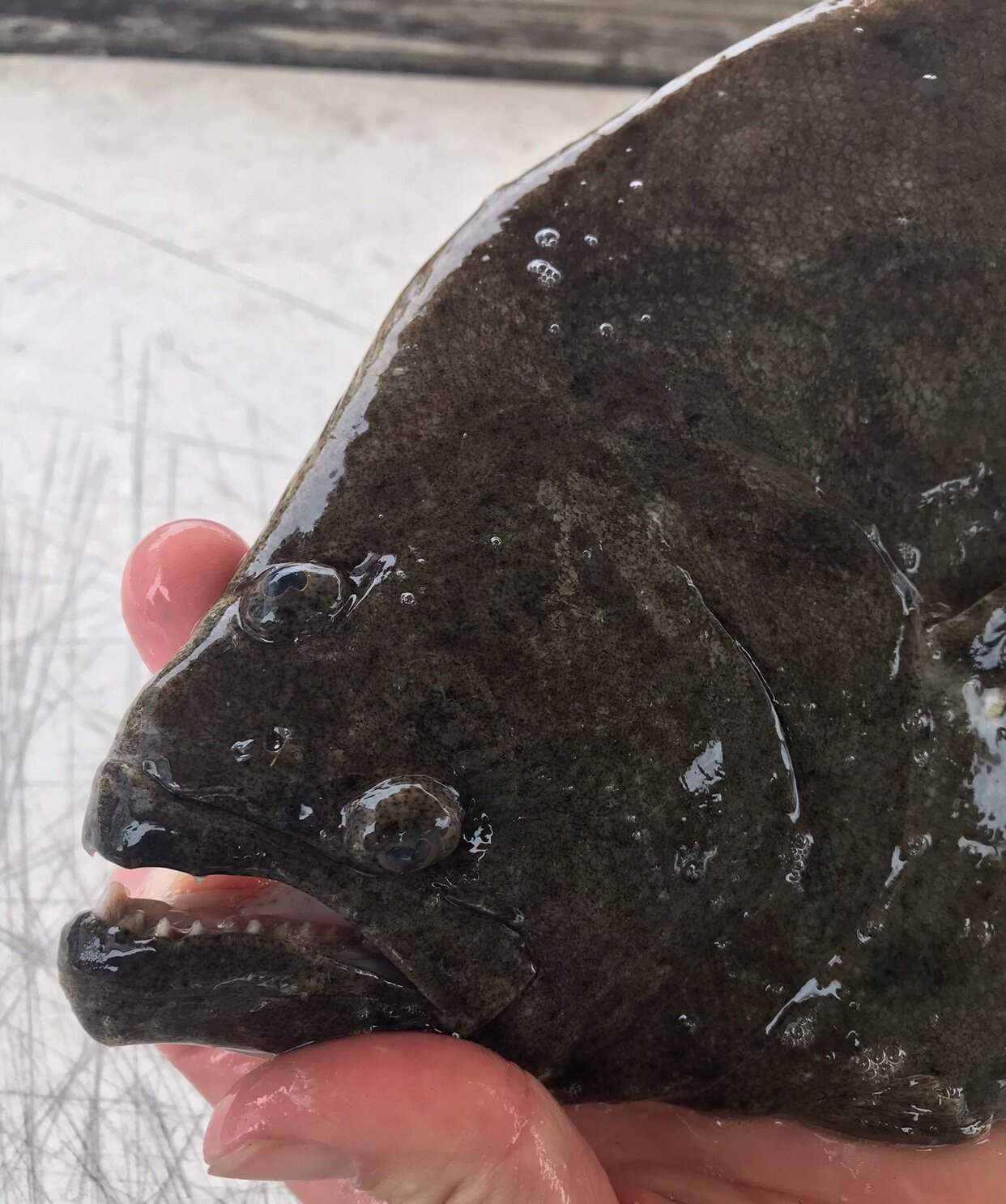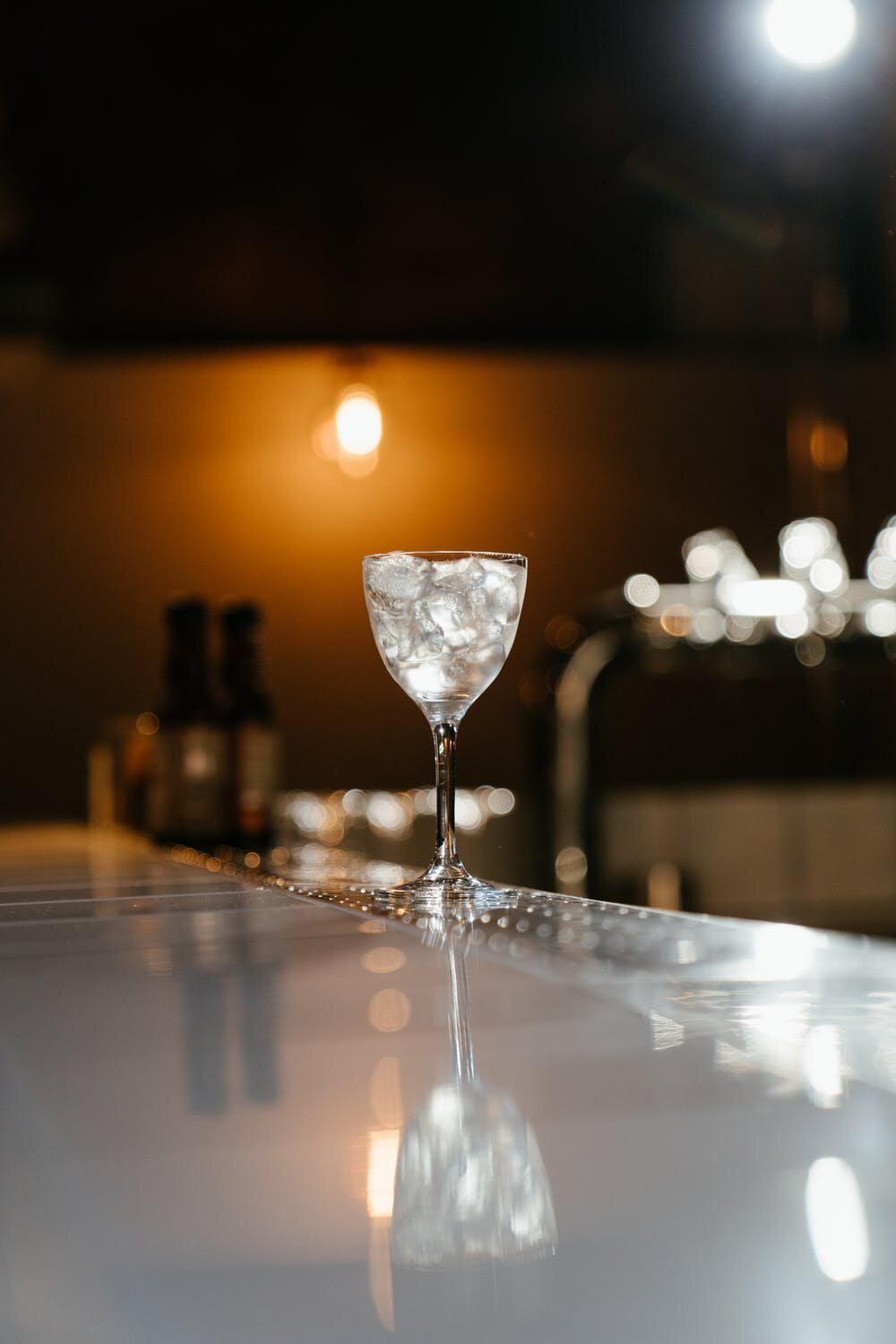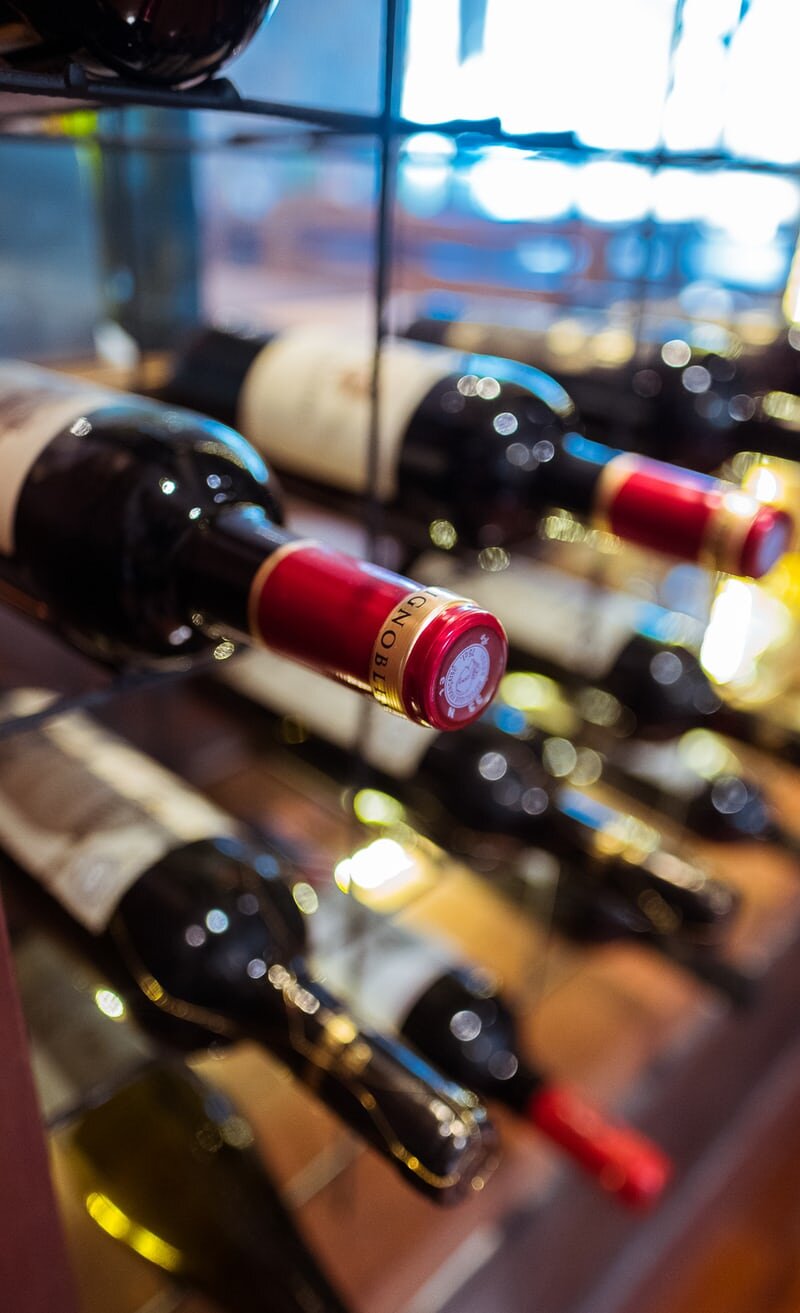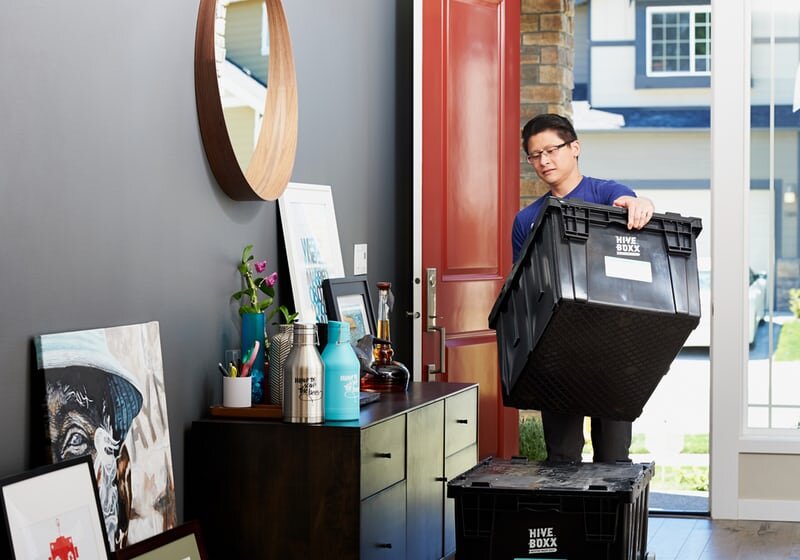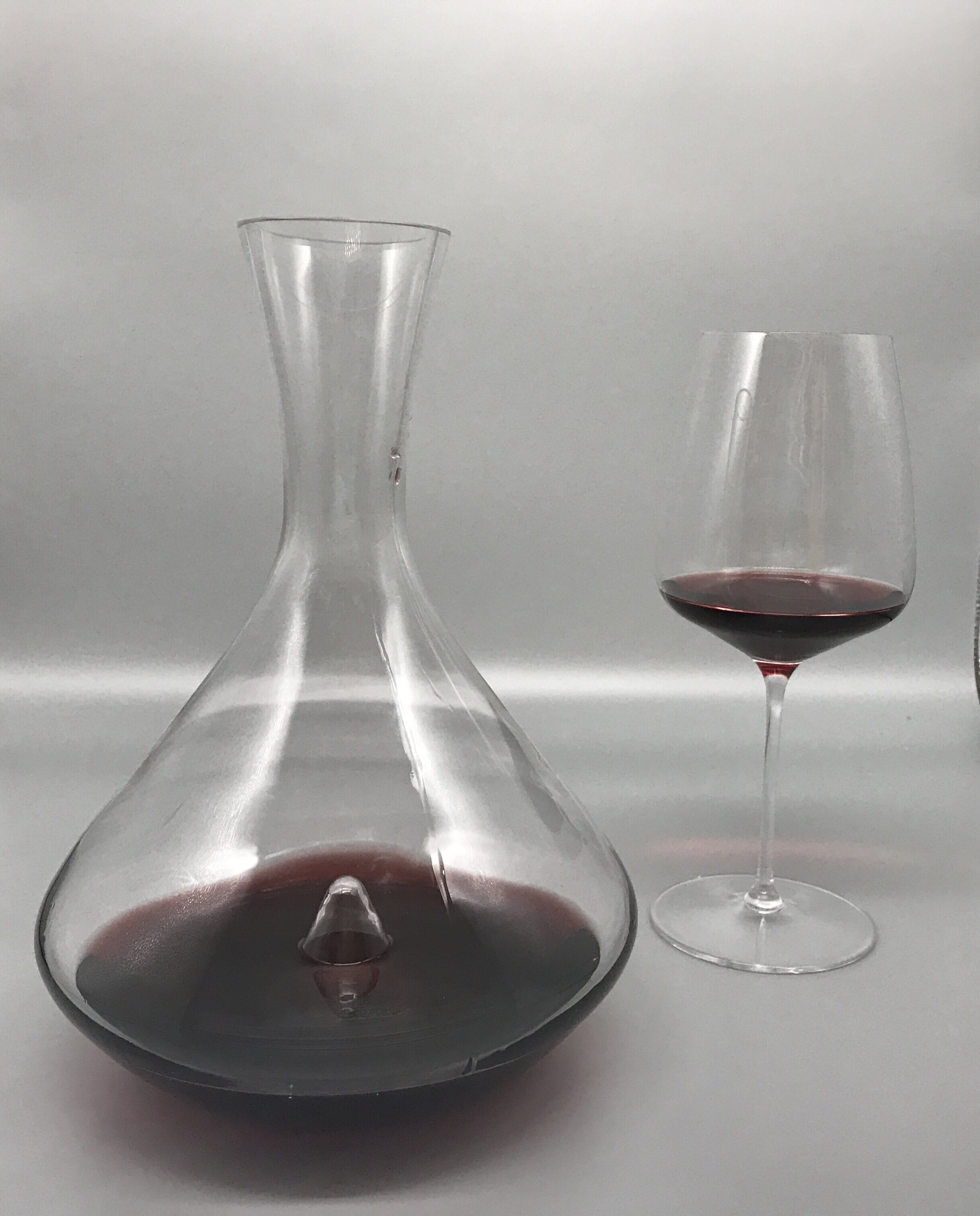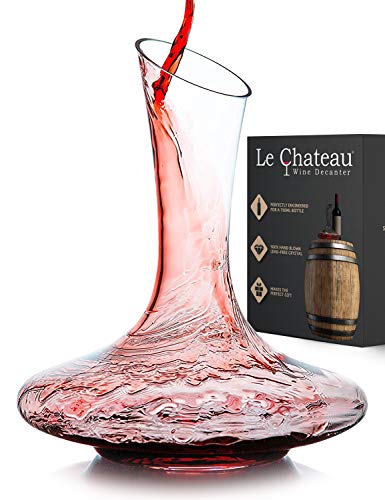Many wine accessories are “nice-to-have’s,” but aren’t really necessary to the enjoyment and exploration of fine wine. As an emerging wine enthusiast, you might be wondering which wine accessories are essential and which fall into this “nice-but-not-necessary” category. Here’s a quick answer: your minimalist wine accessories kit should contain the following:
Good corkscrew
Good glassware
Decanter
Glass polishing cloth
Wine polishing cloths are used to polish slightly damp wine glasses to prevent water spots, and if you’re tasting wine regularly or sharing with friends, you’ll wish you had one! In today’s blog, we’ll give you a run-down on how to polish crystal glassware, and the very best wine polishing cloths for the job.
Before we continue with our recommendations, though, a little bit about the KnowWines blog. We are an Amazon.com affiliate and we do receive a small commission if you purchase items through our affiliate links at no cost to you. The commissions we receive help us pay for web hosting fees, our podcast, products to test, and other costs associated with running this site. Thanks for using our affiliate links and supporting our independent blog!
How to Clean a Wine Glass
All the polishing in the world won’t properly clean a dirty wine glass, so first let’s start with a clean wine glass! (Also, a clean wine glass isn’t something to look forward to if it is heavily scented with a strongly scented dish detergent, but we’ll get to that in a second!).
The two areas of a wine glass that typically become dirty are inside the bowl (when one accidentally leaves a wine glass out overnight and the contents dry in the glass) and the rim, where lipstick stains collect.
For the cleaning task we recommend a lightly or unscented dish soap like this one:
If you discover stains inside the glassware, we recommend placing part of a denture cleaner tablet inside the glass and filling it halfway with water. Then, rinse the glass carefully after an overnight soak.
If you’re using a glass brush to clean, use it carefully (if you attempt too much elbow grease, you’ll end up with a broken glass) and keep it clean and dry (a smelly glass brush will make your glass smell like a dirty sponge - gross!).
Before polishing your washed wine glass with a wine glass polishing cloth, check around the rim for any lipstick residue. Lipstick often contains wax that is difficult to remove. Fort his reason, we recommend cleaning this area with dish detergent and warm water to dissolve the wax and lipstick pigment.
How to Polish a Wine Glass
The easiest time for polishing glassware is right after you have washed it and before it has dried. If you happen into your favorite wine bar in an early afternoon, you will often see staff polishing the glassware to a shine.
Here’s how to polish glassware:
First, pick up a wine polishing cloth with your left hand. Pick up a still-damp wine glass and place the base of the wine glass in your left hand as well. Polish the base and stem with a portion of the polishing cloth in your right hand.
Then with your right hand, carefully drape a portion of the wine polishing cloth into the inside of the bowl. Don’t ram a large portion of cloth inside the glass - just enough for you to remove any remaining liquid. Last, polish the outside of the wine glass bowl while still holding the base in your left hand.
Make sure you don’t twist the stem of the glass when you are polishing the bowl. This is an easy mistake to make, as much glassware on the market today is constructed of two or three separate pieces that are fused together in the factory (and thus can break apart if not handled properly). Typically, higher end wine glassware like Gabriel Glas and Zalto are comprised of a single piece of glass.
To care for your wine glass polishing cloth after use, simply launder them with like-colored laundry. To be extra careful, you could use a delicate garment bag. We hang our cloth up to air dry.
Wine Glasses and Water Spots
If you forget to polish your wine glasses immediately after washing, you may return to your glassware only to find that they’ve dried with annoying and unsightly water spots. Never fear! There’s no need to wash all your glasses again. Instead, simply boil a small amount of water in a saucepan. Carefully invert the wine glass above the steam until the bowl is slightly moistened. Then commence with polishing! We love this little trick (although we prefer to avoid water spots in the first place!).
The Best Glass Polishing Cloths
If you’re a budding wine enthusiast, you may not have a large wine glass polishing cloth yet. No worries. We’ve got you covered with the details on a few of our favorites.
Best Extra Large Wine Glass Polishing Cloth
Many people prefer to have different types of glassware for different types of wines. If this is the case with you, you may have extra large glasses (for which you’ll need an extra large polishing cloth). An oversized polishing cloth is also nice for an event such as a wine tasting or a happy-hour get together, when your guests will be using several glasses. The size of this cloth will allow you to polish several glasses in a row while still having dry, clean cloth to work with.
This extra large polishing cloth by Wine Folly is our favorite. Just check out how much fabric you get to work with on this large Spiegel wine glass! Also, the design is not only beautiful, it also includes polishing instructions! Extra bonus that the cloth is not white. The dark, multi-colored design makes it easier to keep clean.
If you find the size of this polishing cloth to be a bit overwhelming, though, you may want to consider the Riedel polishing cloth, linked below.
Take a look:
Best Large Wine Glass Polishing Cloth
Perhaps you enjoy white wines and your wine glasses are of a universal size, like the Gabriel Glas or dessert wine glasses. For universal and smaller glassware we recommend the Riedel wine glass polishing cloth. These cloths will shine up your glasses beautifully. They also hold up well after laundering due to the no-fray edge. After laundering our Riedel polishing cloth many times, we have seen no reduction in cloth quality.
Alternatives to Wine Glass Polishing Cloths
Not ready to invest in that Riedel wine polishing cloth? You may already have some cloths in your home that will work to polish crystal glassware. Any flour sack will do, as will any lint-free cloth such as cheesecloth or brushed cotton. The cloth is a good candidate if it does not leave any lint particles on the glassware.
What About Microfiber Wine Glass Polishing Cloths?
Most microfiber wine polishing cloths are too small. They are often not large enough to accommodate holding the base of the glass and then draping a portion into the bowl. Also, many microfiber wine glass polishing cloths start to fray or pill after several spins through the washer and drier. We do use microfiber cloths, but we prefer to use them for washing, or for polishing smaller glassware like cocktail glasses.
The Wine Glass Polishing Cloth Wrap-Up
Wine glass polishing cloths like those by Wine Folly and Riedel are one of the essential wine accessories that are often overlooked by home wine enthusiasts. For successful wine glass polishing our advice is to buy a large or extra large cloth designed for the purpose. These are well made and last for years.
Also, a few closing reminders:
For a clear and shining wine glass, you need to start with a clean wine glass free of residues and soap odors.
Don’t twist the wine glass while polishing glassware, or you may end up accidentally separating the stem from the bowl, resulting in a broken glass, or worse a cut from broken glass that could result in a trip to Urgent Care for stitches. Ouch.
We hope you find just the right wine polishing cloth for your needs, and that it beautifully complements your “wine essentials” kit.
And in case your new polishing cloth has inspired you to invest in new glassware, check out our article on the 19 Best Wine Glasses for 2022!
Cheers!

